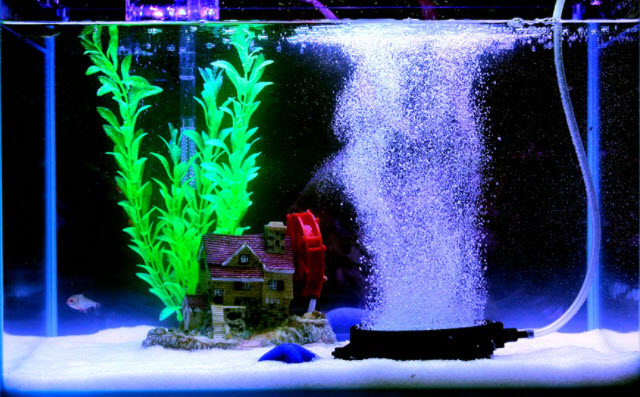
One of the five keys to any healthy aquarium is aeration. In an aquarium with even moderate amounts of fish, aeration is essential for healthy fish. The aeration not only keeps the fish healthy, but it also keeps the beneficial bacterial populations healthy. Aeration can be accomplished either by lots of air bubbles from an airstone OR lots of “choppy waves” at the water’s surface.
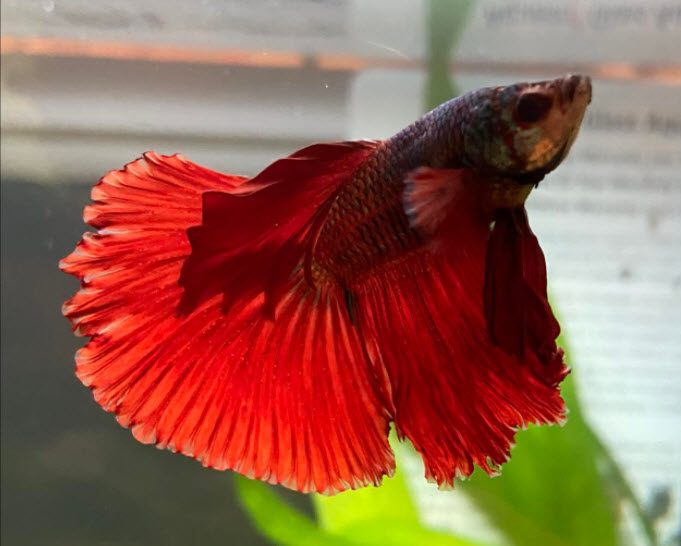
Aeration in a Little More Depth
One way to get good aeration is by having the surface of the aquarium be water which has a rough turbulent “choppy” appearance to it. This is what is termed a “turbulent flow water/air interface” and gives excellent aeration. The flow HAS to be choppy or “turbulent flow”, smooth flat-surfaced flow or “laminar flow” won’t do the job.
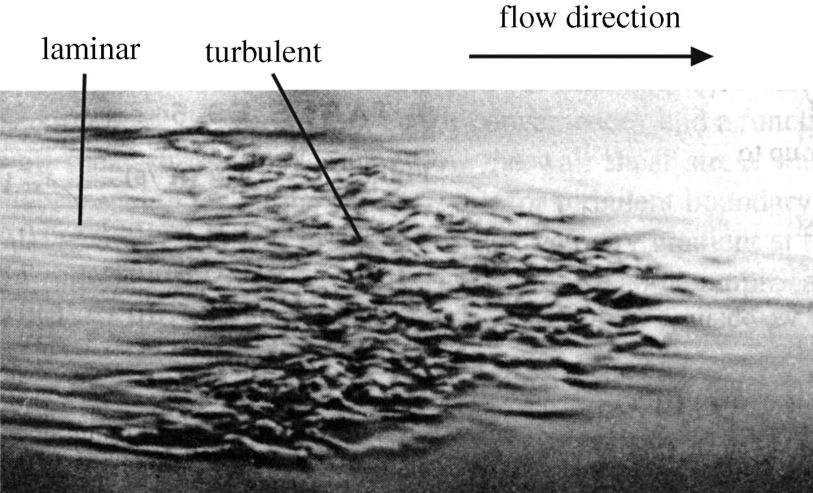
This choppy flow can be the discharge from a filter outlet or the flow from an in-aquarium pump (a “wavemaker” or a “powerhead”). These are so-called “turbulent flow” areas that do an excellent job of aeration. Some prefer to say that the “surface tension” of the water needs to be disturbed to get good aeration. This is just another way of saying choppy turbulent flow.
The other way to get excellent aeration is through the use of airstones. Contrary to popular mythology, airstones do an excellent job of aeration because of the many bubbles rising through the water. These bubbles have the “turbulent flow water/air interface” required to get good aeration. But there MUST be a lot of bubbles. The small number of bubbles in this aquarium will give problems when these fish get larger.
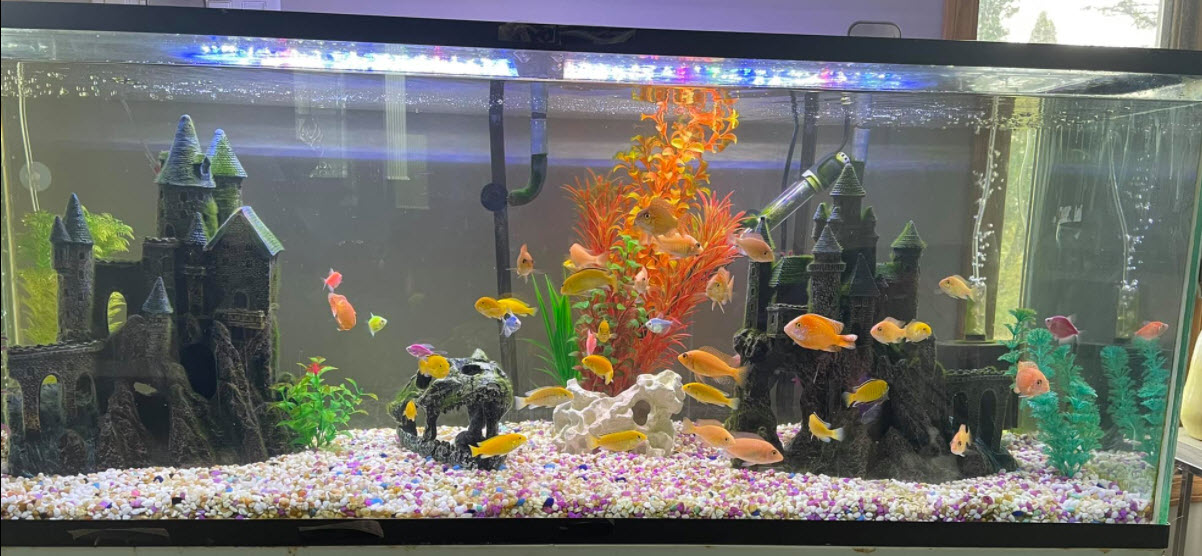
To go into more depth on aeration click on the following link:
9. Aeration
.
Return to Guidelines for Beginners Menu
.
Aquarium Science Website
The chapters shown below or on the right side in maroon lead to close to 400 articles on all aspects of keeping a freshwater aquarium. These articles have NO links to profit-making sites and are thus unbiased in their recommendations, unlike all the for-profit sites you will find with Google. Bookmark and browse!
.
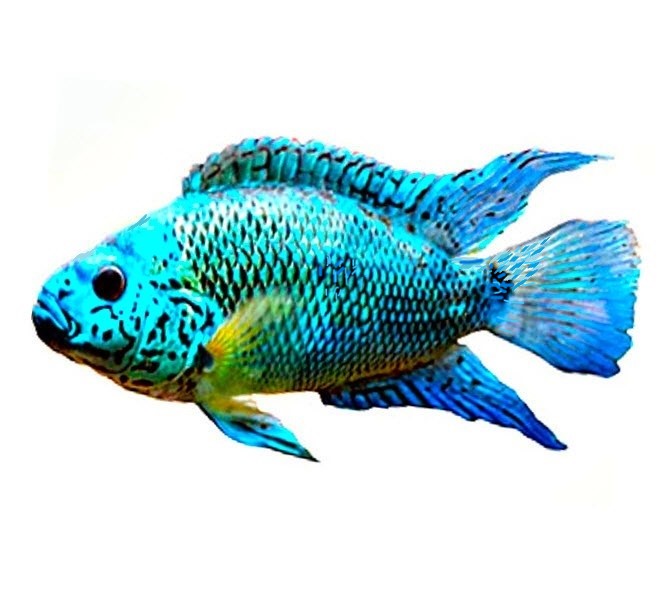
Sandra Shepherd says
Wondering if my aquarium is too crowded?